Facts, features and benefits – electronic fittings from SCHELL in the spotlight
6-minute read
What makes it such a good idea to switch to electronic fittings? And what can they do better than conventional single-lever fittings? Read on for all of the answers to the most important questions about electronic SCHELL fittings.
What kinds of facilities does SCHELL provide electronic fittings for?
From wash basins, kitchens and showers to WCs or urinals – SCHELL offers electronic fittings for all of these areas.

How are electronic fittings from SCHELL operated (triggered)?
Many of SCHELL’s electronic products are equipped with an infrared sensor that allows them to be operated as a contactless fitting. Alternatively, some SCHELL fittings feature integrated CVD touch electronics instead. With these ‘one-touch’ fittings, the flow of water stops automatically after a preconfigured flow time. The electrical energy required for operation is supplied to the fittings either from integrated batteries or by a cable from mains power.
What are the three key advantages of electronic fittings?
- Helping to maintain user hygiene
- Helping to maintain drinking water hygiene
- Helping to save water

Why are electronic fittings hygienic for users?
According to the WHO, up to 80 percent of all infectious diseases are spread via the hands. Contactless fittings keep hands away from potentially dirty surfaces and therefore
minimise the risk of infection. Many of the electronic fittings offered by SCHELL feature contactless actuation. From wash basins to WCs and urinals, the fitting is triggered without any physical contact and is therefore very hygienic. This is especially beneficial in public, semi-public and commercial sanitary facilities that are used frequently by a large number of people. Yet even electronic self-closing fittings still improve user hygiene, since they stop the flow of water automatically after a preconfigured time, and do not need to be touched once the hands are washed and clean. This factor makes a substantial difference to user hygiene and its benefits are felt in particular during a pandemic or a more typical flu season.

How can electronic fittings help to maintain drinking water hygiene?
Drinking water quality must be safeguarded by the regular and complete exchange of water throughout the entire piping system. If this cannot be achieved by the regular use of tapping points in the building, then stagnation flushes can be used to simulate normal operation, and therefore ensure a full and complete exchange of water. With electronic SCHELL fittings, these kinds of stagnation flushes are easy to program and therefore offer an excellent level of support for drinking water hygiene. Configuration and control with the SCHELL SWS Water Management System offers an even more precise approach, together with the option of logging flushes. SWS can be expanded by the online SMART.SWS service, which gives remote access to drinking water installations, individual fittings and other parameters such as stagnation flushes: these items can be viewed and adjusted to maintain drinking water hygiene while out and about.

How do electronic fittings save water?
SCHELL’s electronic fittings offer an option to limit the flow time. Once configured, this means that only a previously defined, adequate quantity of water can then be used to flush a WC or to wet the hands at the wash basin. Intelligent settings for flow times and sensor ranges mean that contactless electronic fittings can cut water consumption by as much as 62 percent compared with standard single-lever mixers. Limiting the detection range also ensures that the tap sensor triggers the flow of water only when it is actually required and not, for example, when already wet hands are being soaped up in the vicinity of the basin. See this post for even more tips on saving water.

Are there advantages to networking electronic fittings?
Many of SCHELL’s electronic fittings can be integrated into a wireless and/or wired network with the SWS Water Management System. This allows the networked fittings to be programmed, controlled and monitored via the SWS Server. The advantages of such a setup are considerable: the stagnation flushes and thermal disinfections needed for drinking water hygiene can be scheduled and adjusted centrally, for example, instead of being set separately at each individual fitting. Operations are logged, which provides data for potential optimisations – such as for the fittings that are used least often. Networking with SCHELL SWS also means energy and other costs can be optimised by the targeted adjustment of water quantities or the more efficient scheduling of facility management maintenance work. Technician deployments for battery changes, for example, can be planned in advance and completed in one session. See this post for details of more benefits.

What about the important aspects of design and innovation?
This is all part of the package with SCHELL electronic fittings, for which our company has already won many coveted design awards. One recent example is the XERIS electronic wash basin tap, which won the 2018 German Design Award. Apart from winning awards, we also focus on introducing innovative features, and real improvements for users and facility managers. Thanks to its thermostat and contactless sensor control, XERIS E-T combines user convenience and anti-scalding protection with optimum hygiene and economical use of water. By providing these key features that promote safety and efficiency, this tap is all about the user experience – and it was this focus that helped it win the German Innovation Award. And yet the XERIS E-T is only the most recent example of the fact that high-quality design and innovative features go hand-in-hand at SCHELL.
Are electronic fittings a good choice for a long-term investment?
All SCHELL products are designed with sustainability in mind to be future-proof and offer a long service life. Hygiene, economical use of water and an appealing design are all part of the package. So customers can rest assured that electronic SCHELL fittings are a worthwhile investment in the future. The recent pandemic has brought the topic of user hygiene in sanitary facilities into sharper focus, and electronic fittings are an excellent solution when it comes to promoting hygiene and health. Covid-19 has also resulted in permanent changes to the way that buildings are operated – from company offices to restaurants and many others. This has resulted in lower levels of capacity utilisation and/or longer interruptions to use, which will also occur in the future as a result of working-from-home arrangements, for example. Although this poses risks to drinking water hygiene, electronic fittings with stagnation flushes can help to ensure that drinking water hygiene is maintained even if regular usage does not (or can no longer) match the capacity utilisation as originally planned. This specified normal operation of the installation can be simulated by electronic fittings combined with a water management system. In general terms, too, a water management system like SWS makes the control and monitoring of electronic fittings and stagnation flushes much easier. Nor is retrofitting to existing properties a problem, since the SWS-capable electronic fittings from SCHELL can be set up as a wireless and/or wired network, as appropriate. With no wall-chasing work being necessary, making the change to advanced building management with electronic fittings and SWS from SCHELL is a simple and easy process.
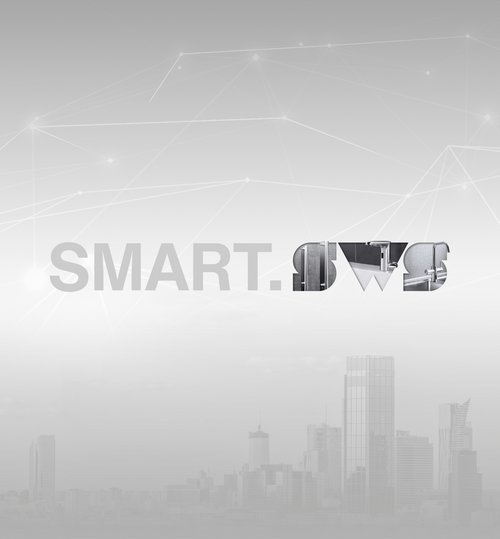
![[Translate to English:] [Translate to English:]](/fileadmin/_processed_/1/b/csm_symstemloesungen_e2_thumb_6bca267f26.jpg)
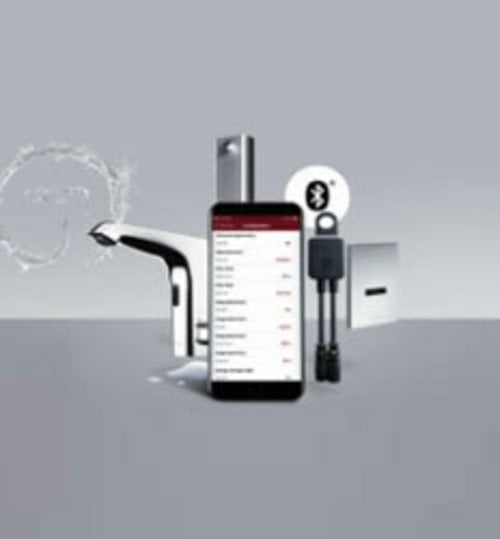
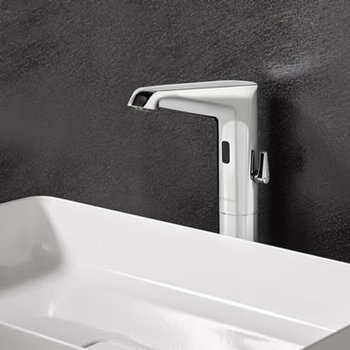
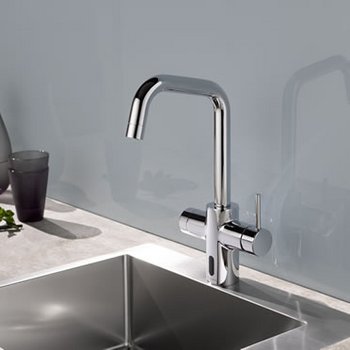
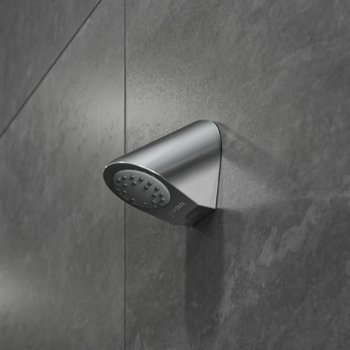
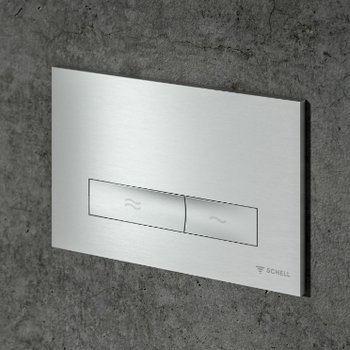
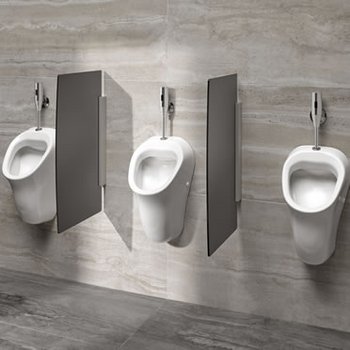
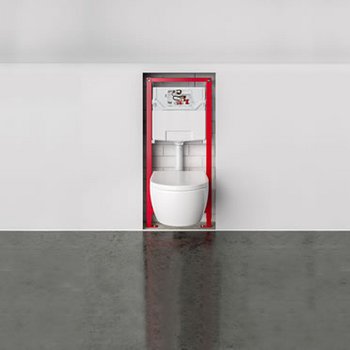
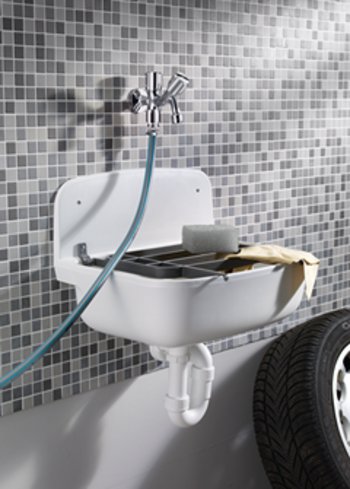
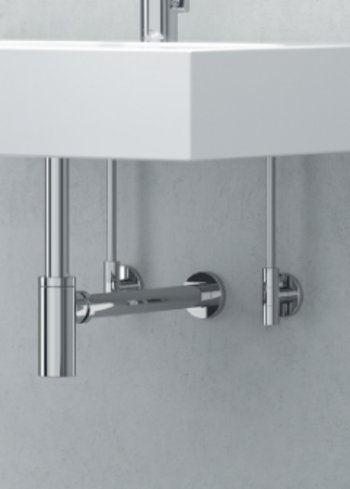
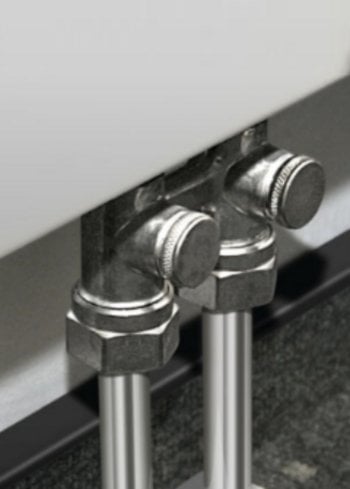
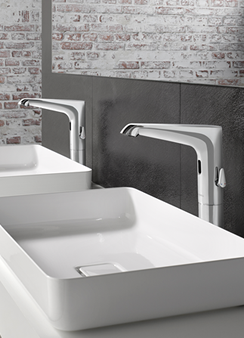
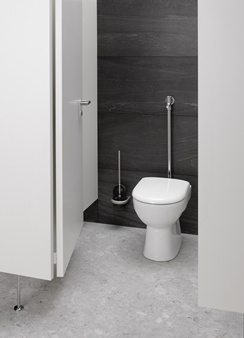
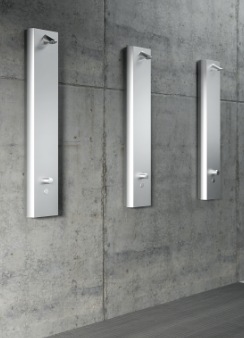
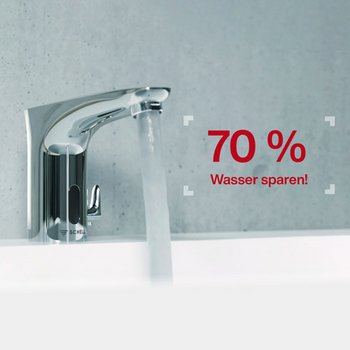
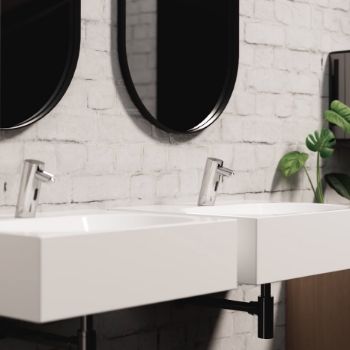




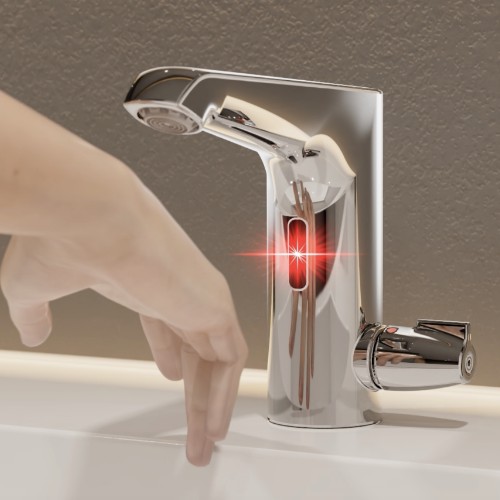
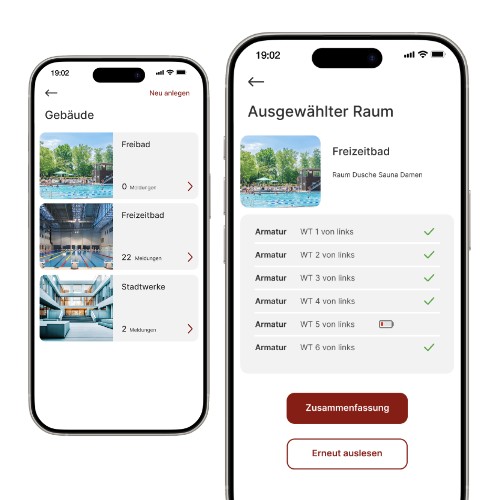
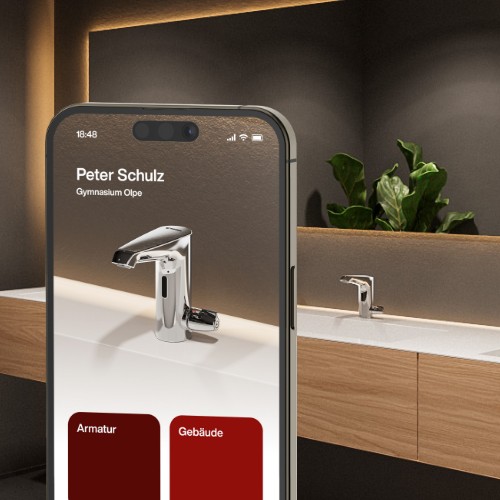
![[Translate to English:] [Translate to English:]](/fileadmin/user_upload/images/menu/menu_service_downloads_broschueren.jpg)
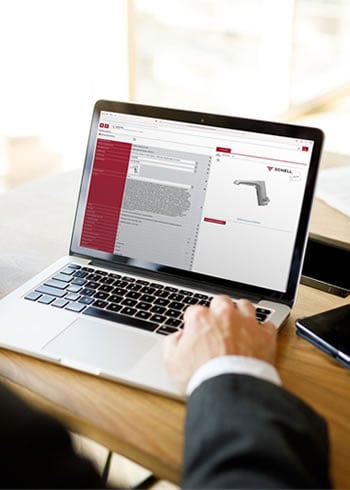



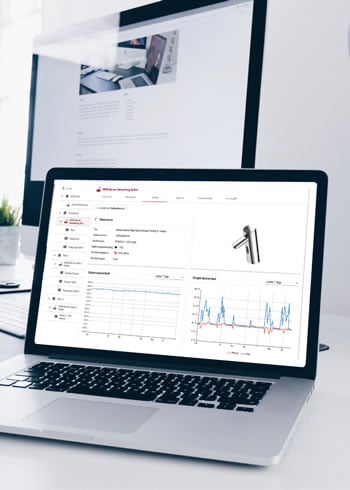

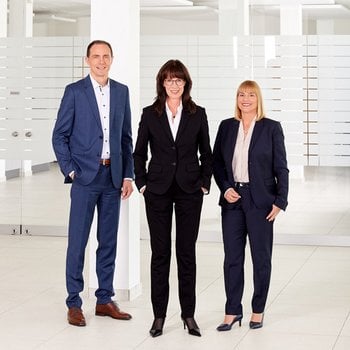
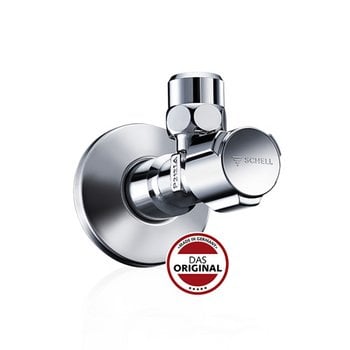
![[Translate to English:] [Translate to English:]](/fileadmin/_processed_/7/7/csm_menu_unternehmen_ueber-schell_awards_f6cec25b1d.jpg)
![[Translate to English:] [Translate to English:]](/fileadmin/_processed_/a/0/csm_menu_unternehmen_ueber-schell_wasser-sparen_41036d2dd9.jpg)


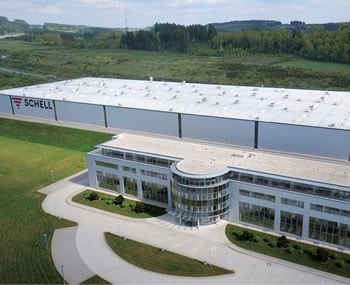
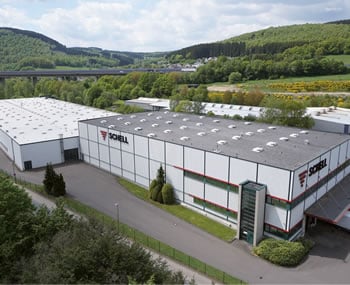
![[Translate to English:] [Translate to English:]](/fileadmin/user_upload/blog/2021/e-armaturen-fakten/Artikel_Header_1920x600_Elektronische-Armaturen_2023.jpg)
